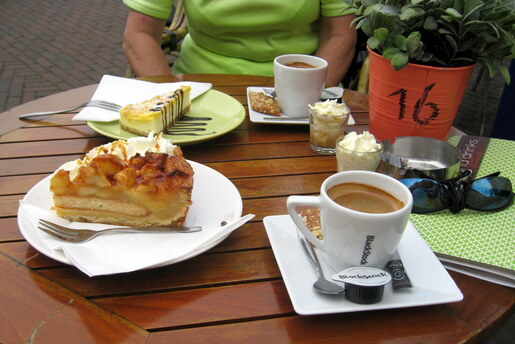THE WATERSHED
An Image of a Journey by Bicycle
Barry Williamson
Time: 11 am, Thursday 1 August 1986
Weather: Overcast, a little rain, cool
Place: Central France
Time: 11 am, Thursday 1 August 1986
Weather: Overcast, a little rain, cool
Place: Central France
Setting: In Limoges, we bought tickets for the ferry from Santander to Plymouth. We were committing ourselves to riding to Spain, though we were high in the Vienne on the edge of the Auvergne. We had to turn south and begin the climb to the watershed …
The road passes beneath the wheels of the bicycle, which is balanced effortlessly and unknowingly against every assault from gravity, the wind and those mysterious forces that wait at every corner. The bicycle moves forward into the picture. It has turned south and the road is rising before it. Moving past on both sides is the forest; countless trees move and merge, arranging and rearranging themselves into myriad patterns. Why are the trees so engrossed in this reorientation? Nearby, they are at their busiest. Ahead and behind they move more slowly until, in the distance, they stand, still and watchful. Once passed, they relax, not to move again. Ahead, they wait patiently to perform their dance.
The camera is on the second bicycle. It moves with the bicycles and it watches as the trees move. It is also travelling south. Behind lie Brittany, the Loire and the Vienne, much photographed. Ahead lie the Vizere, the Dordogne, the Garonne, the Pyrenees: their many sunlit images waiting to be sampled and passed into history. Meanwhile, there is only the road, the trees and the upward climb to the watershed.
The riders are silent for the most part. The camera captures that silence and imprints it on its own silent soundtrack. Later, the man will sing to himself and to his companion: half-remembered songs from the youth he thought he had lost but may yet be finding in this picture of an August morning in France. What songs they will be: of homes and heroes; of travel and tears; of love and laughter, as the watershed approaches.
Travelling with the bicycles, responding to every turn of a wheel, there is an incongruity: an electronic device to measure the passage of distance and time. But the camera freezes both distance and time, as does the human spirit, yearning for immortality among the trees and the hills. Time and distance both pass at a rate governed by that fine equation that all cyclists know: the equation of hill, wind and mood equalling strength, energy and rhythm. The equation of motion whose equilibrium takes one into the picture and out the other side.
The camera of consciousness looks in from the outside and sees in its distorting lens what no real camera could ever see. It sees happiness and fear as it moves its viewpoint effortlessly from above the scene to being inside it. The cycles are heavily laden but the riders travel lightly. No one and no thing can touch them, isolated in their moving frame of observation and concern. The spidery threads of knowing hold them together; wheel for wheel, head for head. They struggle to be together whilst keeping apart. They struggle to be apart whilst keeping together. Will they ever burst the nightmare of separateness and connect with each other, the way the camera connects them into its own version of the scene?
The camera sees less than it might. It cannot exist except as itself, doing what it is designed to do. Are the cyclists more than this? Does their journey take them beyond the limits of their limitations? The camera can see what we do not want to see. It can highlight and emphasise differences: it shows the telegraph pole and the rubbish tip that the mind rubbed out in its search for the ideal. Ultimately, the camera's record is of a physical reality and we live in more than that. To a camera, a mist is a change of tone, a different complexity in the chemistry of exposure and development. To us, to me, a mist is alchemy to the spirit: it is a measure of height gained, mountains conquered, a warm downhill afternoon to come.
And the camera does not yet know of the deux grands cafes au lait waiting over the hill, at the Auberge, under the umbrella at the side of this same road. But it will know. The camera of awareness ranges over the whole of my life, restlessly, even beyond the watershed.

The camera captured this image in the Netherlands where they know better than the French what cyclists need in addition to their twee grote kopjes koffie (deux grands cafés au lait), even though the Dutch don't have any watersheds, just lots of water to shed.
PS Beneath the cream there was a spoonful of advocaat!
PS Beneath the cream there was a spoonful of advocaat!